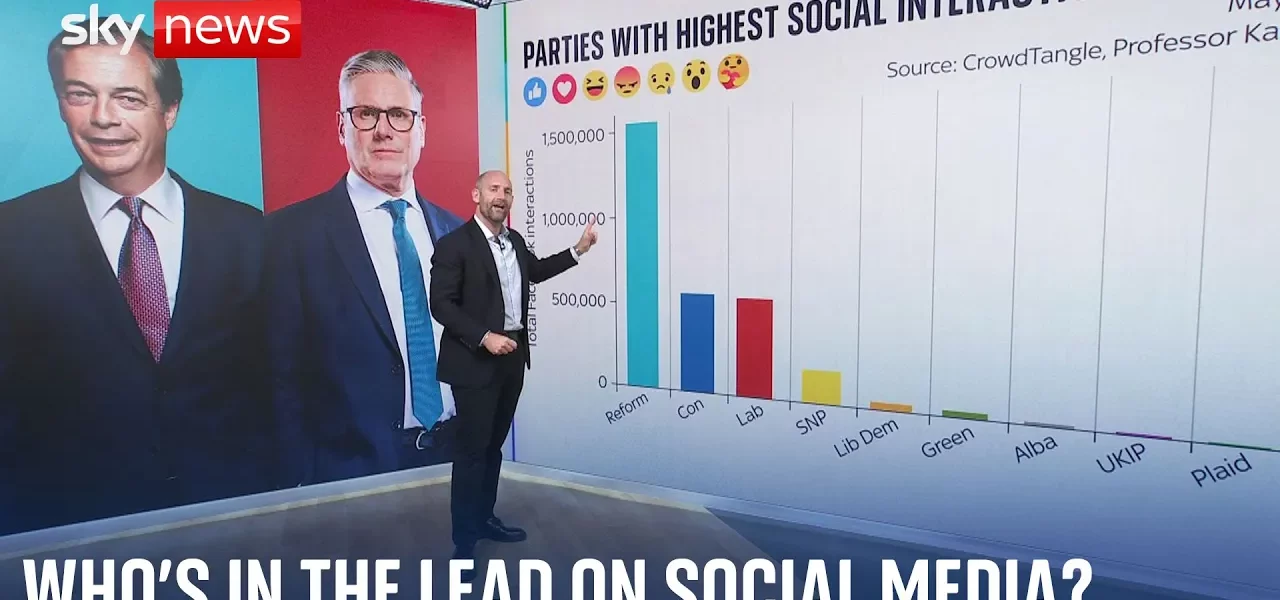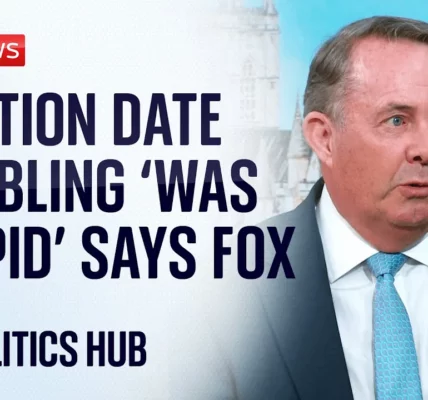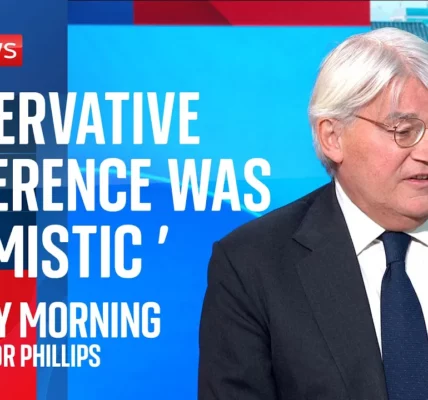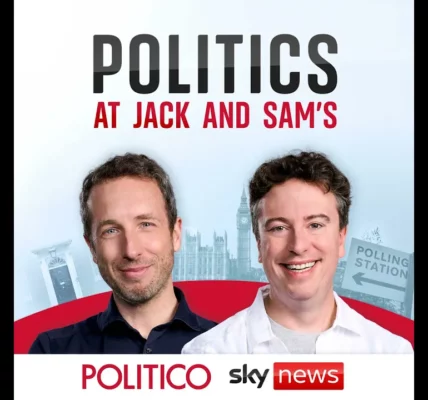Political Advertising Strategies and Social Engagement Ahead of the July 4th Election

This article delves into the spending and online engagement strategies of major political parties in the run-up to the July 4th election, exploring how Labour, Conservatives, and Reform are leveraging social media to sway voters.
Introduction
In the competitive landscape of political elections, effective advertising and social media engagement play a pivotal role in shaping public opinion and influencing voter turnout. The upcoming July 4th election has seen significant financial investments by major parties, particularly the Labour and Conservative parties, who are channeling substantial funds into online advertising. This article provides a comprehensive analysis of their spending strategies, social media interactions, and the overall effectiveness of their campaigns.
Financial Investments in Online Advertising
The financial stakes in this election are high, with Labour leading the charge in online advertising expenditure. Over the past six weeks, Labour has spent approximately £1.7 million on targeted ads across platforms like Facebook and Instagram, which are owned by Meta. In contrast, the Conservative Party has allocated nearly £1 million for similar purposes. This disparity in spending highlights Labour’s aggressive approach to securing votes through digital channels.
Comparison with Other Parties
When we analyze the spending of other political entities, such as the Green Party, Liberal Democrats, and Reform Party, it becomes evident that their financial investments pale in comparison. For instance:
- Green Party: Minimal spending on online ads
- Liberal Democrats: Focus on community engagement rather than heavy ad spending
- Reform Party: Notably successful with lower financial investments
This wide gap in spending raises questions about the effectiveness and efficiency of each party’s strategy in reaching potential voters.
Social Media Engagement: A New Frontier
While financial investment in advertising is crucial, organic engagement through social media interactions can significantly impact voter sentiment. Recent data from CrowdTangle reveals interesting insights into how different parties are performing in terms of social media reactions.
Top Performers in Social Interactions
Despite not spending large sums on ads, the Reform Party has excelled in social media interactions, outperforming both Labour and Conservatives in organic engagement. This raises the question of how effectively parties can connect with the electorate without a heavy financial burden.
Analysis of Reactions
Social media reactions can be categorized into various types, each revealing different aspects of public sentiment:
- Likes: General approval or support
- Sad: Signs of disappointment or disapproval
- Angry: Expressions of frustration or dissent
- Haha: Humor or mockery, often indicating sarcasm
- Love: Strong approval, indicating a deep emotional connection
The “Haha” reaction has garnered significant attention, with a post by Rishi Sunak receiving nearly 11,000 laughing emojis, suggesting a more critical public view of his message.
Emotional Resonance of Party Messaging
In examining the specific posts that garnered the most engagement, it becomes clear that emotional resonance plays a crucial role in shaping public perception. For example, a heartfelt post by Labour leader Keir Starmer about his mother received only around 2,000 loves, indicating that even emotionally charged messages may struggle to penetrate the noise of social media.
Leading Posts by Engagement
Interestingly, Nigel Farage’s announcements have consistently topped the engagement charts:
- Announcement of his candidacy: Nearly 12,000 loves
- Other posts from Farage ranking among the top 20 in terms of love reactions
This trend underscores the effectiveness of authentic and engaging communication in the digital landscape, particularly for Reform, which has managed to cultivate a strong online presence without significant ad spending.
Conclusion
The analysis of online advertising and social media engagement leading up to the July 4th election reveals a complex interplay between financial investment and organic reach. While Labour and Conservatives are heavily investing in ads, the Reform Party demonstrates that effective communication and emotional resonance can yield substantial engagement without large expenditures. As the election approaches, it will be critical for all parties to not only consider their spending but also the quality and authenticity of their messaging to connect with voters. For more insights on political strategies and elections, check out our related articles on electoral trends and social media influence.
“`




